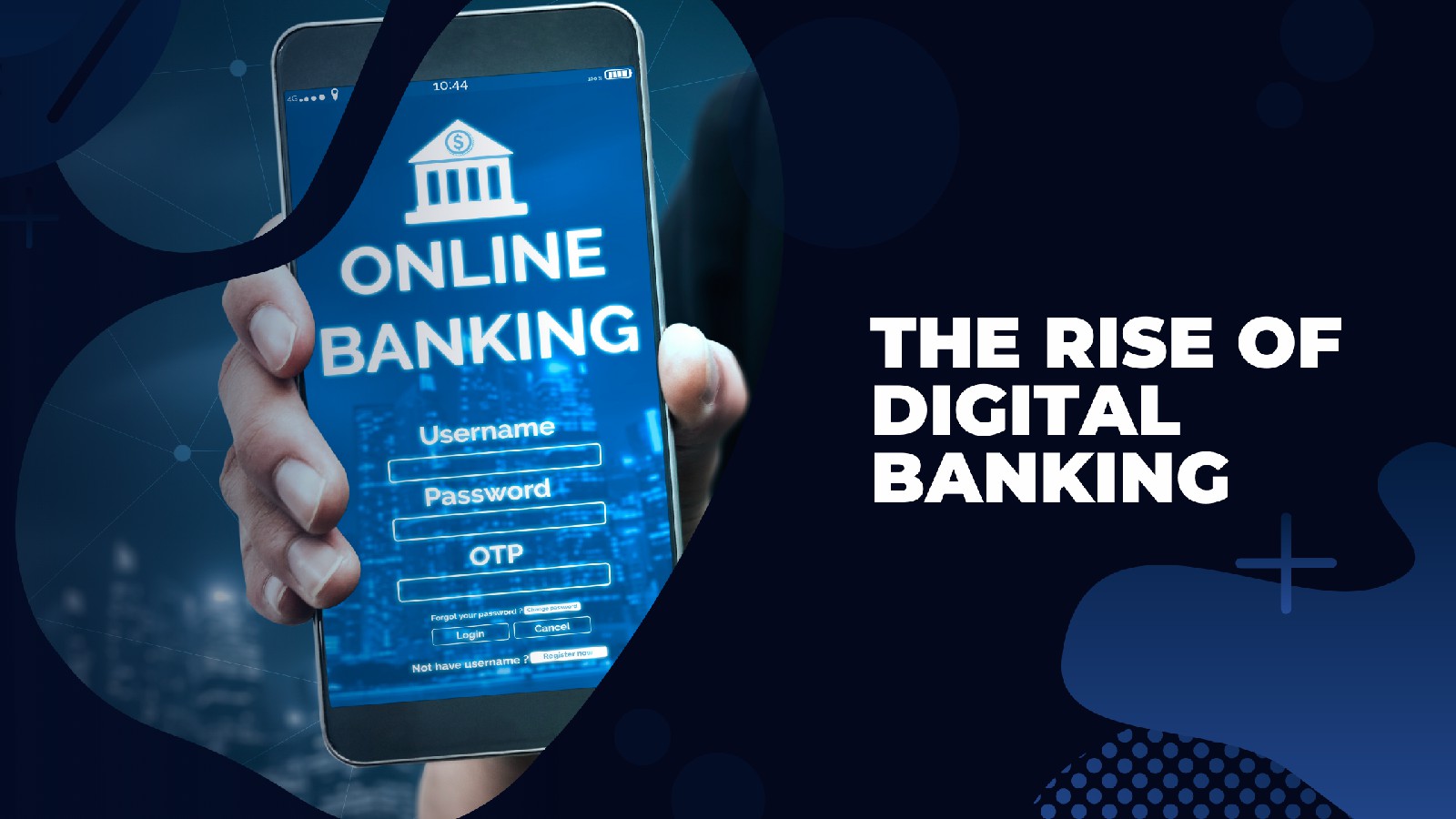The Rise Of Digital Banking
The rise of digital banking has drastically changed the way people do their banking. Gone are the days when you would deposit money in your bank account, get a checkbook and go to your branch to withdraw cash. It’s changing, but it’s not enough. Digital banking continues to grow at a rapid pace as banks looking to increase their revenue are now offering new services that are convenient, cost-effective, and easy to use.
An explosion of digital banking apps
As the internet has shifted our attention to mobile devices, digital banking apps have become increasingly popular. In fact, according to global research firm Gartner, mobile banking transactions will grow by more than 35% each year over the next five years.
The reason is simple: With digital banking, customers can do most of their financial transactions on their phones or tablets — including checking accounts, savings accounts, credit cards, and mortgages — without ever having to set foot inside a branch.
Digital banking apps are now so popular that they’re often used as an alternative to traditional branches for many people who don’t need a full-service bank account — particularly younger customers who are less likely to use traditional banks because they’re more tech-savvy than older generations. Section: What is driving the rise in digital banking?
Banking anywhere with a smartphone
Mobile banking is an important part of the future of banking. That’s why we’re investing in new technologies that will help you bank anywhere, anytime, and on any device. Check recent innovations:
Digital Wallet: Use your mobile phone to store and use your money anytime and anywhere securely.
Digital Deposit: Deposit checks directly into your account using scanning technology or taking a picture of the front of the check.
Digital Cash: Use digital money to pay for airline tickets, food delivery, or Uber rides.
New technologies are transforming banking
New technologies are transforming banking. In the last few years, we’ve seen the emergence of virtual and augmented reality, artificial intelligence (AI), machine learning, blockchain technology, and more. As these new technologies become more mainstream, they will profoundly impact how financial services are delivered to consumers.
Digital changes everything—and nothing. As with virtually every other industry, banks have been forced to adapt their services to take advantage of these new technologies. For example:
Virtual reality (VR) is rapidly becoming a fixture in banking. With VR, you can virtually visit your bank’s branch and see what it looks like from any angle, even above! You can even interact with employees in VR if you don’t feel like talking face-to-face.
Banks are using Artificial Intelligence (AI) to improve customer experience by giving them recommendations based on their behavior and preferences. For example, let’s say you want to apply for a credit card but don’t know whether you qualify for one or not — an AI could help you decide if applying for one is right for you based on your financial history and other personal information.
The future of banking
The future of banking is online, and the future of banking will be digital. It’s been this way for a few years, but it’s becoming more pronounced.
In the United States, more people have bank accounts than ever before. Over half of Americans have one. But these numbers are still dwarfed by mobile phone users, who are growing at a skyrocketing rate. And that’s just in the United States: Globally, smartphone penetration has reached more than half of all adults, and nearly one-third of all adults use their phones to the bank.
There are many reasons for this shift — from the convenience factor to increased access to technology — but one of the most obvious ones is that it makes sense: Online banking is easier than paper statements, and if you need to keep track of your finances regularly (which most people do), it makes perfect sense to do that online instead of using pen and paper.
Conclusion: Digital-only banks are here to stay.
Banking is an industry that has seen significant changes in the past decade. Consumers are increasingly moving towards online banking, which may not be a fad. As these online-only banks grow, their growth may come at the expense of traditional banks. Customers are more mobile than ever before, with many not having to leave their houses for certain financial transactions. This makes digital-only banks an attractive alternative to some consumers. We’re only at the beginning stages of digital-only banks becoming a significant force, but changes are coming quickly. I’ll be interested to see what happens in the coming years.
And if you are one having an online business, then you must consider partnering with a payment processing company like PaymentPilot to smoothly manage your transactions without facing any technical or non-technical glitches.


